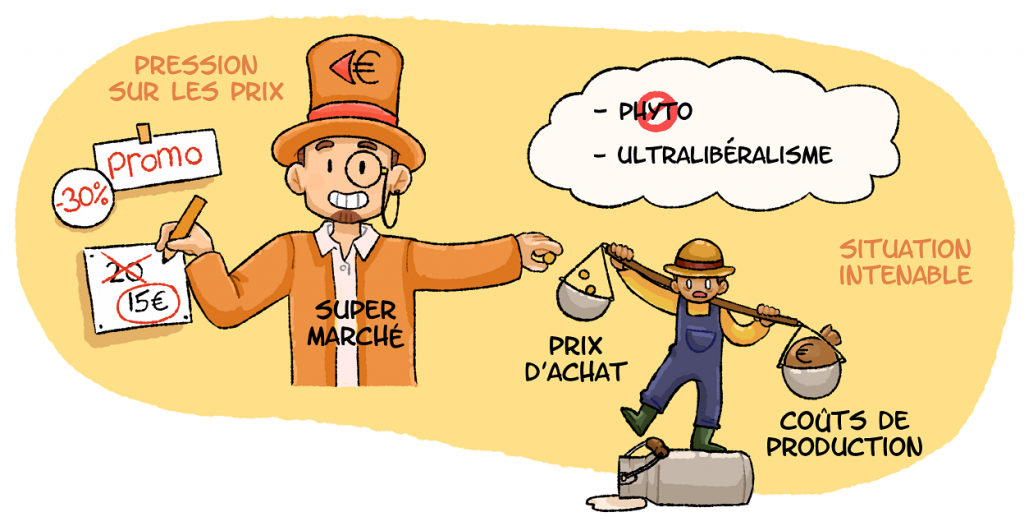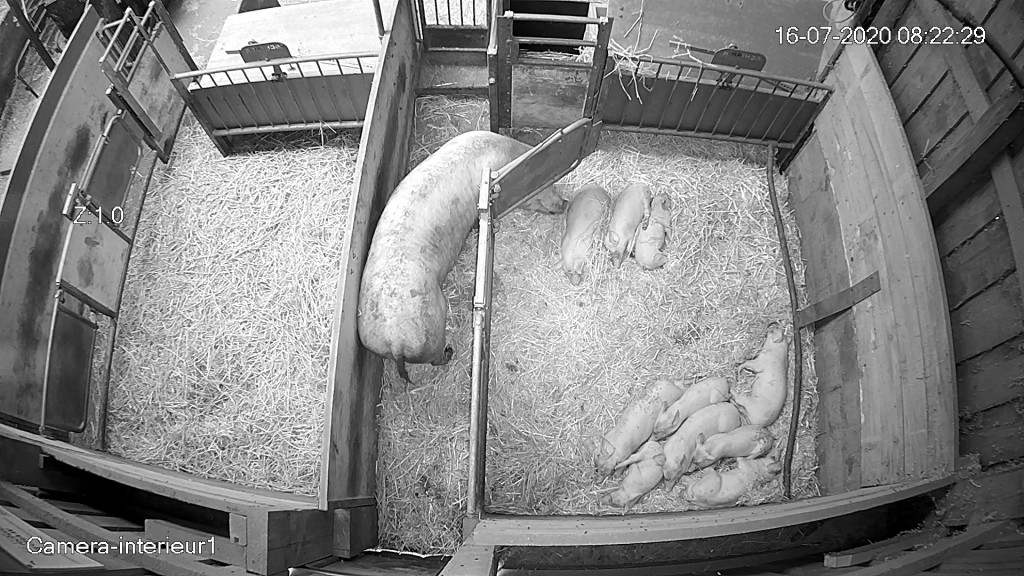PROBOV aims to co-conceive potential futures by involving various stakeholders from the agricultural sector and allowing them to look ahead to 2040. Foresight makes it possible to shift from being reactive to being proactive, and to go beyond the framework for a desirable future and achieve a sense of neutrality and representation in discussions.
PROBOV is supported by a partnership with IWEPS, and has mobilised the compass for the future during participatory workshops. Two very important, and very uncertain, factors have been identified for the future of cattle farming, with two contrasting evolutions for each of them. The first factor is the citizen/consumer, who is moving towards a sense of consistency or inconsistency: the consumer buys (or does not buy) products that align with their values as a citizen. The second factor represents the trade strategies of the EU, which are based on equivalent production standards or the law of supply and demand.
These factors and their evolutions are arranged on an orthogonal axis and represent four distinct contexts for evolution, which are each the subject of one scenario.
Some key messages emerge from these scenarios:
- The integration of the citizen/consumer into the design of production is key for a peaceful future in which the farmer retains autonomy over their decisions.
- Many of the difficulties encountered require strong collaboration between farmers. However, an entrenched sense of individualism has often been noted, and is reinforced by the low level of support for collaboration and issues of good governance within producer organisations.
- The future of suckling farm is often called into question, in particular due to an inconsistency on the part of the citizen/consumer, significant pressure to reduce the environmental impact of agricultural production and an improvement in animal welfare. Terminal cross-breeding (generalisation of herds for two purposes by inseminating the dairy herd with a meat breed) is often mentioned, and is even a central element of one scenario.
These results will help to enrich reflection and guide the choices of economic stakeholders, such as breeders and processing professionals, and political decision-makers. The full report of the study is available on the CRA-W website.





